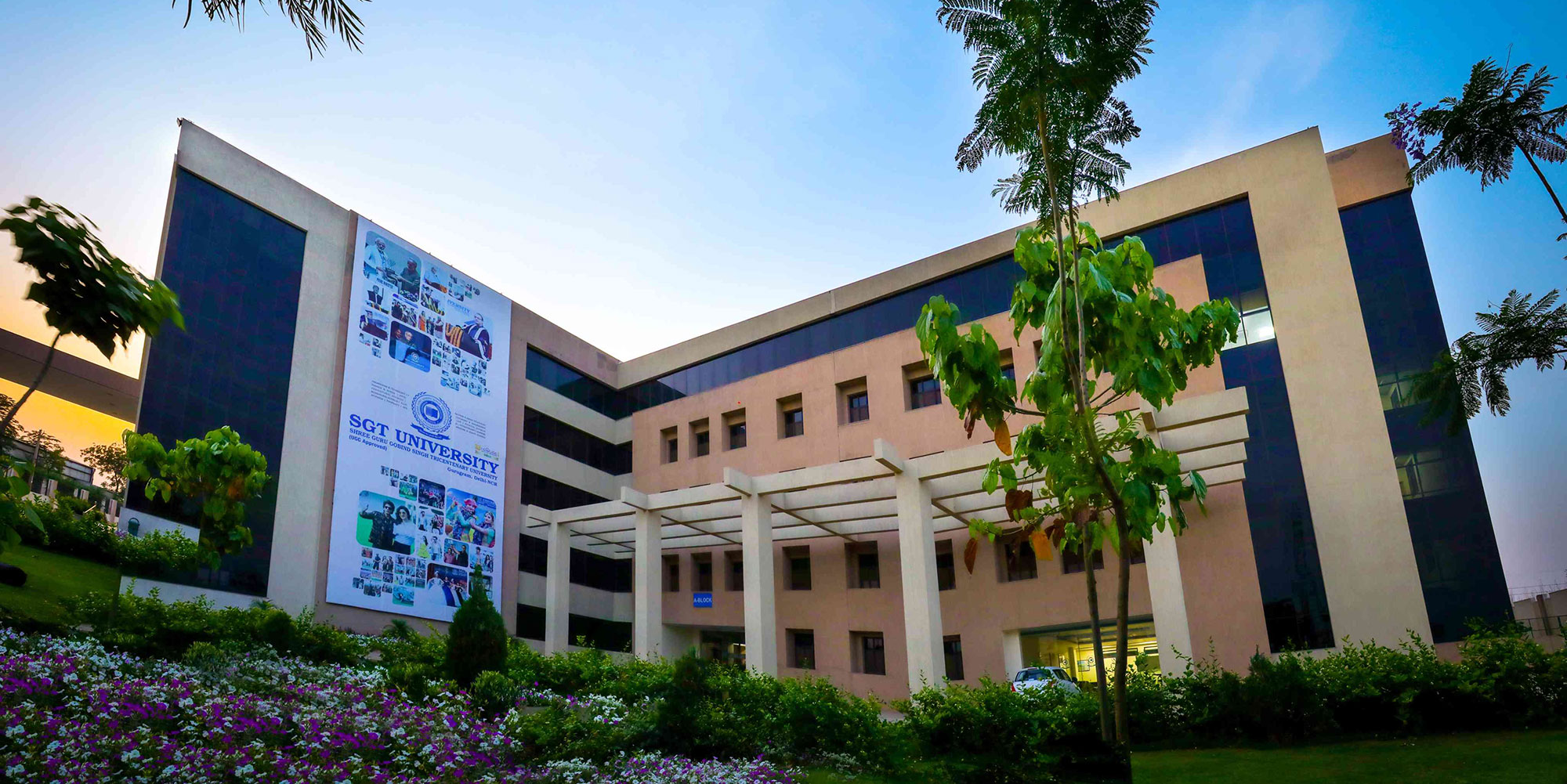Use of Radiomics Is Revolutionizing Diagnosis and Treatment of Cancer
Updated on: May 26, 2025

With radiomics, the field of oncology sees an innovative method for diagnosing and treating cancer. By using this advanced method, important data are extracted from scans, which can better identify conditions, assess their prospects, and foresee outcomes [1]. Unlike a normal visual study of medical images, radiomics goes further, finding details and special patterns that the eye can’t identify.
How Radiomics Is Used in Cancer Discovery
The flow of radiomics includes radiological images from CT, MRI, or PET scanners. Regions of interest are identified using one of two methods: experts dividing them by hand or software providing this info. Then, features of texture and shape are used to develop a large set of radiomic features. Eventually, the best features are picked and organized further using specific rules to decide whether a tumor is malignant or benign.
One of the main strengths of radiomics is that it finds information in pictures that clinicians cannot see. Barely noticeable changes in radiological texture actually give us lots of important information about tissues now. Using radiomic analysis, grey-scale patterns, relationships between pixels, the appearance of shapes, and spectral traits in the same area of the image are recorded [2]. In the case of lung cancer, radiomics techniques have done very well at telling apart benign from malignant nodules. It has been demonstrated that radiomics signatures can help correctly differentiate solitary pulmonary nodules. Research indicates that some radiomics signatures developed using non-contrast-enhanced CT images tend to perform better, since the contrast agents could distort the differences captured by radiomic features [3]
Using radiomics, doctors are able to tell if a breast condition is malignant or benign. Dynamic contrast-enhanced MRI studies have proved that texture and histogram information can identify whether breast cancer is benign or malignant for more than 90% of cases [4]. Using both lesion and the surrounding tissue features from a mammogram is better for identifying malignant lesions when compared to using only lesion features [4]. In addition to detection, radiomics can predict if cancer patients will have lymph node metastasis, which guides treatment decisions. Lung cancer research revealed that radiomics signatures are very accurate—90% or more—at identifying lymph node metastasis, providing a non-invasive and effective way to detect the same [5].
Change in cancer therapy
Predicting how patients will respond to therapy is one of the greatest contributions of radiomics to treatment. Radiomics features taken from early scan images highly match treatment outcomes and prognosis. In patients with lung cancer, particular textures on PET scans are often linked to not responding well to chemoradiotherapy [4]. Analysis of radiomic data from breast MRI assessed before treatment indicates the likelihood of a full response to therapy [5]. Together with genomics and machine learning, radiomics provides a greater boost to cancer treatment. Advanced algorithms use information from radiomic features to make models used in personalized medical diagnosis [3].
Future Possibilities
Data standardization continues to be an important challenge because radiomic features may change based on how the images are made, how they are reconstructed, and the way sections are divided. Bringing radiomics into clinical practice is still a difficult task. Performing the analysis usually needs technology and knowledge that is not found everywhere in healthcare. Many clinicians are not yet skilled enough to interpret the clinical value of radiomic features. Radiomics is expected to help advance cancer treatment moving forward. Virtual biopsies through radiomics have great potential by providing vital information for both diagnosis and prediction [5]. Recent research combines different types of information, such as radiomics, genomics, proteomics, and clinical data, to understand cancer and how it behaves. The use of artificial intelligence and machine learning will improve radiomics and let scientists make predictions more precisely and in real time. Increased computational capability and smarter algorithms will speed up radiomic feature extraction and analysis, enabling their use in making decisions that need to be taken urgently.
References
Lambin, P., Rios-Velazquez, E., Leijenaar, R., et al. (2012). Radiomics: Extracting more information from medical images using advanced feature analysis. European Journal of Cancer, 48(4), 441-446. https://doi.org/10.1016/j.ejca.2011.11.036
Aerts, H. J. W. L., Velazquez, E. R., Leijenaar, R. T. H., et al. (2014). Decoding tumour phenotype by noninvasive imaging using a quantitative radiomics approach. Nature Communications, 5, 4006. https://doi.org/10.1038/ncomms5006
Yip, S. S. F., & Aerts, H. J. W. L. (2016). Applications and limitations of radiomics. Physics in Medicine & Biology, 61(13), R150-R166. https://doi.org/10.1088/0031-9155/61/13/R150
Gillies, R. J., Kinahan, P. E., & Hricak, H. (2016). Radiomics: Images are more than pictures, they are data. Radiology, 278(2), 563-577. https://doi.org/10.1148/radiol.2015151169
Parmar, C., Grossmann, P., Rietveld, D., et al. (2015). Radiomic machine-learning classifiers for prognostic biomarkers of head and neck cancer. Frontiers in Oncology, 5, 272. https://doi.org/10.3389/fonc.2015.00272
Written By:
Piyush Kant
Assistant Professor
Dept. of Radio-Imaging Technology

